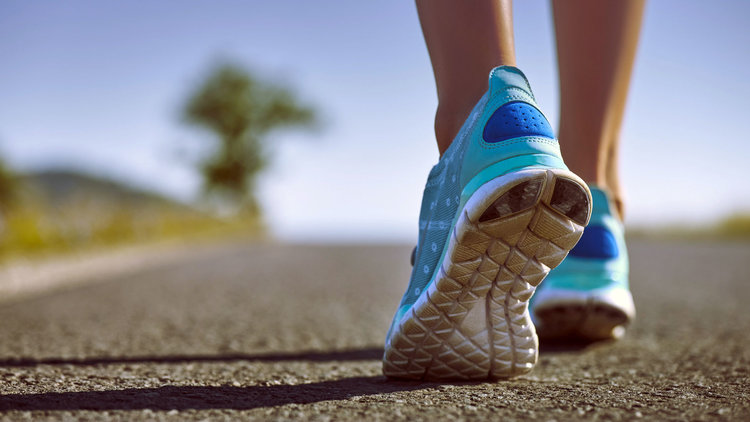Speaking to some of the sporting population I deal with on a regular basis, there biggest fear after an injury is the idea that they may not be able to ever reach the same level of performance once they return to their chosen sport.
The number one priority for physiotherapists are to return their clients to sport safely (see my previous blog ‘When Is It Safe To Return To Play’), however there are many injured athletes out there who cannot be bothered with the massive amount of effort a rehabilitation program takes, if they can’t return to their desired level of performance.
Speaking from personal experience and a long list of previous injuries related to playing Australian Rules football, I now feel as though I can’t run as fast, jump as high, or kick as long as I previously could.
Previous to becoming a physio and knowing what I do now, I was more worried about getting back on the park ASAP, rather than ensuring I was able to perform at the same level I could pre-injury.
Now, I understand the importance of not just rehabilitating the injury, but rehabilitating the athlete as a whole to help achieve their ultimate goal, to be the best player they can be.
For longer term injuries in particular, maintenance of strength, flexibility and power in regions away from the injured area are extremely important to ensure future injury risk is decreased and athletic performance is maintained.
For example, consider a young 18 year old footballer who has suffered a stress fracture in his foot. Quite possibly, the player could return to the football field after a period of complete rest from running allowing the fracture to heal.
However, if the player does not maintain their global lower limb strength, flexibility and power, as well as aerobic conditioning, they are much more likely to sustain another injury (not necessarily in the same region), and return to play with a lower level of performance.
This is where physio can play a massive role in ensuring all baseline objective values (strength etc.) are met at the very least, before returning to play. Unfortunately, unless you are working with an elite sporting team, you are unlikely to have these baseline values at your disposal, but you can always compare to the uninjured side!
And I believe a shift of thinking to returning the athlete to baseline athletic performance, rather than just treating the injury itself, can make the journey to return to sport a much more enjoyable one for all involved.
There is scientific evidence to support this idea also. An injury prevention program set up by soccer’s world governing body FIFA, called the ‘FIFA 11+ Injury Prevention program’ not only helped to reduce future injury, but was also found to significantly improve balance, jumping and sprinting measures.
This is an example of how more athletic movement based exercises (not just exercises specific to a previous injury) can lead to better athletic performance, whilst also keeping the player out on the park for longer.
So rather than dreading your inevitable rehab once an injury occurs, try looking at it as an opportunity to work on your athletic weaknesses, and return the field stronger, fitter and faster than you ever have before.

